Eliane Camargo (aka Eliane CK) is undoubtedly one of the best known, and influential artists of the Carrara community (as well as the broader DAZ/Poser community). Her works are instantly recognisable and inspire everything from revulsion to awe and everything in between. Eliane is a master of lighting and shaders and moves easily from one render engine to another.
Eliane’s images are a punctuation of colour and light amid low-key environments. Often characters are composed of or wrapped (and/or embedded) in elements as unassuming as the surrounding environments, but it is the splash of colour, the contrast of matt, reflective and flesh surfaces, and clean, realistic lighting that draws us into the artist’s imagination. We ponder these images.
What we are met with at face value, is a mish-mash of eroticism, transhumanism, and fashion parade presented through a science fiction lens. We see wonder, exploration, joy, pain, suffering, beautify and the repulsive. We are invited to let out mind wander to questions about what it is to be human, the nature of consciousness, and the relationship between humans and technology. At least this is what comes to me when viewing Eliane’s works. The artist, herself, is reluctant to comment on what these images are about, instead encouraging the responder to explore at will.
Jim: In all your interviews I read, I have never found how or when you started with 3D. What was your first experience with 3D? Was it something you instantly knew you wanted explore?
Eliane CK: I started in 2006 with Poser, just for fun, after that, DAZ 3D and finally Carrara.
Jim: You can see the beginnings of your unique and very recognisable style with your early renders, but looking at your Renderosity gallery you can really see it significantly in the last quarter of 2008 and fully formed by mid-2009. Was the rapid development of your signature style a conscious effort, or is it more about mastery of Carrara?
ECK: That’s my style, Carrara or any other software just helps me to show what is going on in my mind. Of course Carrara, Poser and DAZ gave me tools to transform my dreams into reality [pun intended?], but what I tell everyone: The software, with the proper use of tools, helps you, but if you don’t know how to use them, nothing happens.
Jim: A huge portion of your works contain posthuman/transhuman imagery, much of it sensual or erotic in nature. Are these themes metaphor for our technological world and our relationship with machines, or are these images a vision of the future?
ECK: Pure imagination. It’s easy to get a simple form, add a good set of lights and textures, but I want to give the impression of something else, or better, to give a chance to those who look at the image something to think about, that’s my goal. I try to make people think about something when looking at my images.
Jim: Where does your deep interest in sci-fi stem from? Are you interested in science and technology in general?
ECK: A century ago, people in general never imagined that today we would be able to talk using cellular phones, but a few people had a chance to (in that time) imagine space travel, fantastic robots, high technologies. Maybe my work is a vision of future, but for me it’s only a simple view of something that could, or perhaps might not happen someday.
Jim: You have been using Carrara for about 5 years now. Is the slow pace of development a cause of concern for you?
ECK: Carrara take a long time between updates, in part it’s bad for those who are looking for new tools or improvements, but in another point of view, gives more time for others to learn all the tools available and get better using them.
Jim: Is there anything you would like to improved or added to Carrara?
ECK: Maybe give a little more attention to modeling.
Jim: What do you make of DAZ 3D’s Genesis figures – do you make much use of them?
ECK: Not much. It’s a good figure, but V4 gives me a good versatility
Jim: Thoughts on Dawn and what the guys at HiveWire3D are doing?
ECK: I believe that the sun shines for everybody, there’s space for all good talents. Dawn has a lot of promise.
Jim: Other than Carrara you also use programs like 3DS Max and C4D. Do you see yourself ever moving entirely to one of these programs?
ECK: Never, I’m always looking for new software, but still have my favorites.
Jim: For the last year or so you have been using LuxRender a lot. You started with Reality 2 but have also used Luxus for Carrara, and Reality 3 for Poser. Which do you prefer and why?
ECK: Reality 2, I have a lot familiarity with DAZ and this helps me a lot.
Jim: You say that it’s familiarity with DAZ Studio that makes Reality easier to use, but with your greater familiarity with Carrara, doesn’t that make Luxus for Carrara more appealing? Does it come down to Reality 2 being more user friendly?
ECK: I prefer Reality because changing the shaders is easier. In Luxus for Carrara it’s more difficult to change, and I always change the shaders for my taste.
Jim: Given that you manage an impressive level of realism with Carrara’s native render engine, what is it about LuxRender that keeps you coming back?
ECK: It’s depend of my goal, sometimes I prefer one or another. I make my choice depending on what I want in my image in that moment.
Jim: In what instance is LuxRender more fitting than Carrara’s engine? Is it entirely about creating a more realistic image?
ECK: In my opinion for closed environments with many walls, and ceilings the best is Reality. Carrara for open environments.
Jim: What are the weaknesses of LuxRender in your opinion?
ECK: Need a strong computer, high memory, large storage space and good processor.
Jim: What about Carrara’s render engine, what do you see its weaknesses being?
ECK: Nothing, it’s fast, any computer can be use and give a good final work.
Jim: Given that you, like many Carrara, Poser, and DAZ Studio users make heavy use of stock content, what do you think about comments like: 3D images that uses stock content are not art?
ECK: Think about Andy Warhol and many of his work, he use a lot of “stock” and many people think that he is a genius. To use stock content is art, if you know how to use it as art.
Jim: Do you do much modelling of your own?
ECK: That’s my next step, improve my modelling and start animation.
Jim: Your talents have been in great demand for promotion art for products like Luxus and Reality, as well as content. When did this demand first start and how much of your creative time do commissions take up?
ECK: About 2 years. I love my work, working with commission take more time because need high resolution, and approve from costumer.
Jim: What about your promotional works for Luxus and Reality, how did this come about.
ECK: Because of the type of work I do. Luxus and Reality help me to improve my images. To be honest what I want is to generate a good image, better than my previous work, if you know what I mean. If I have a chance to get my hands on good software and create an excellent image using that, it’s perfect for me. Of course I never refuse an offer to use a new program, if that can help me to get better in my work
Jim: Thank you so much for taking the time to do this interview. Would you like to wrap up with details or teasers of any upcoming projects, or maybe there’s something you would like to add that I’ve missed?
ECK: If anyone would like to see more of my work, my website is www.elianeck.com

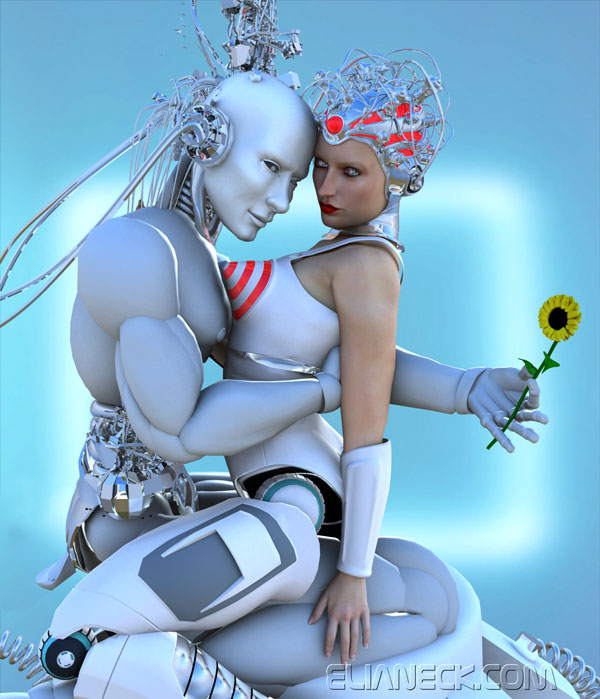
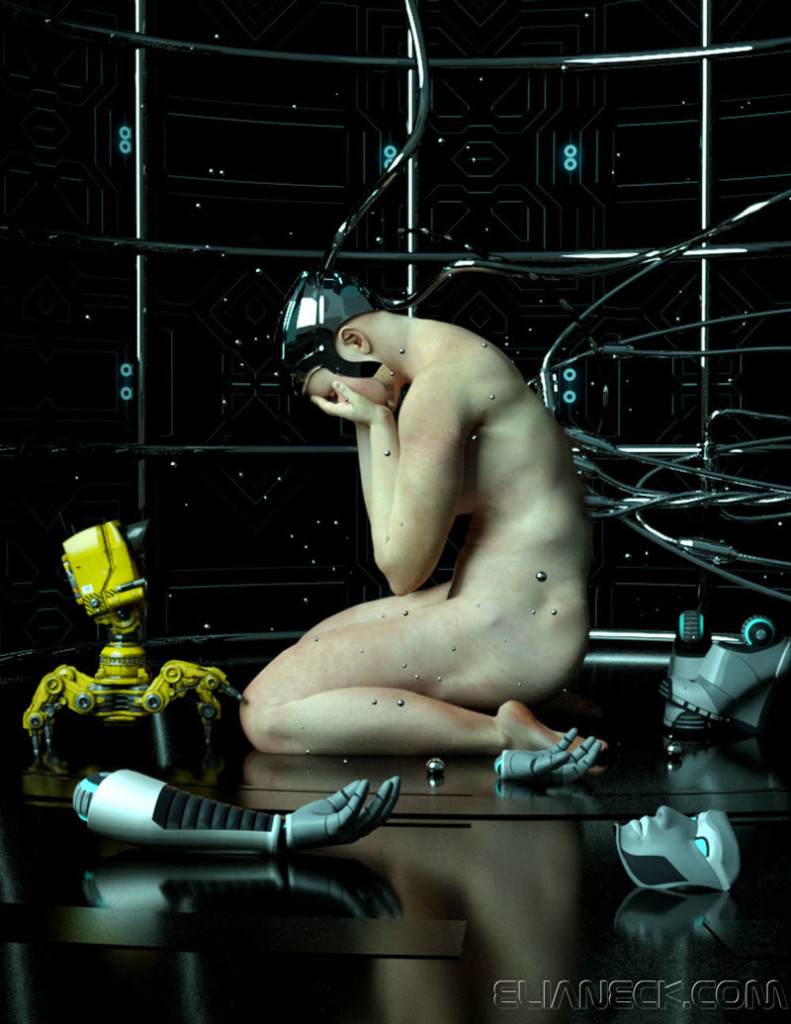
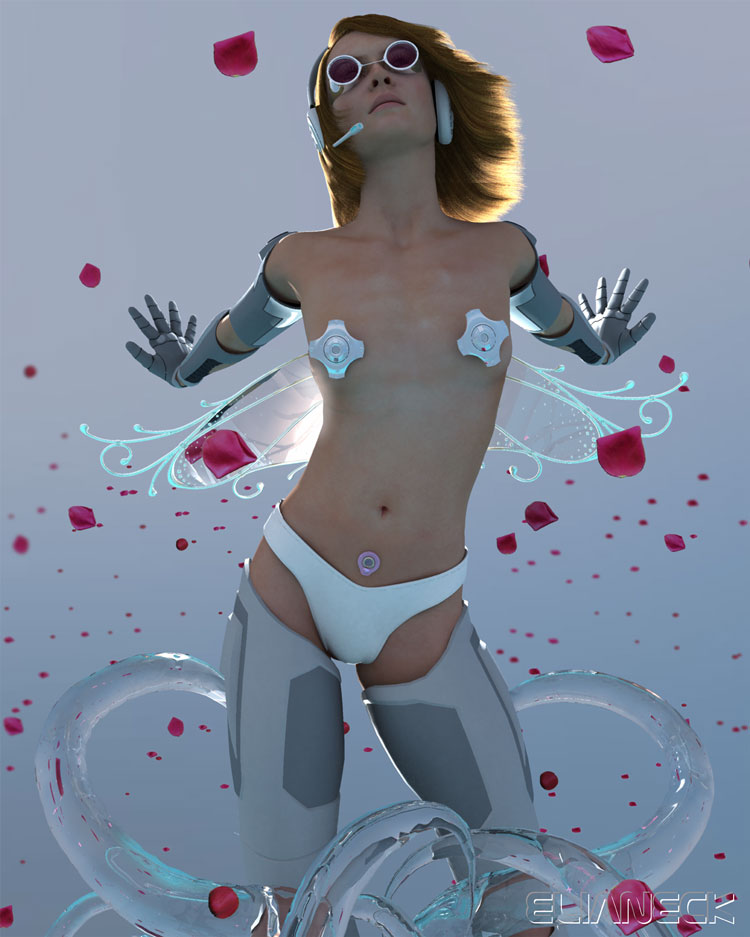
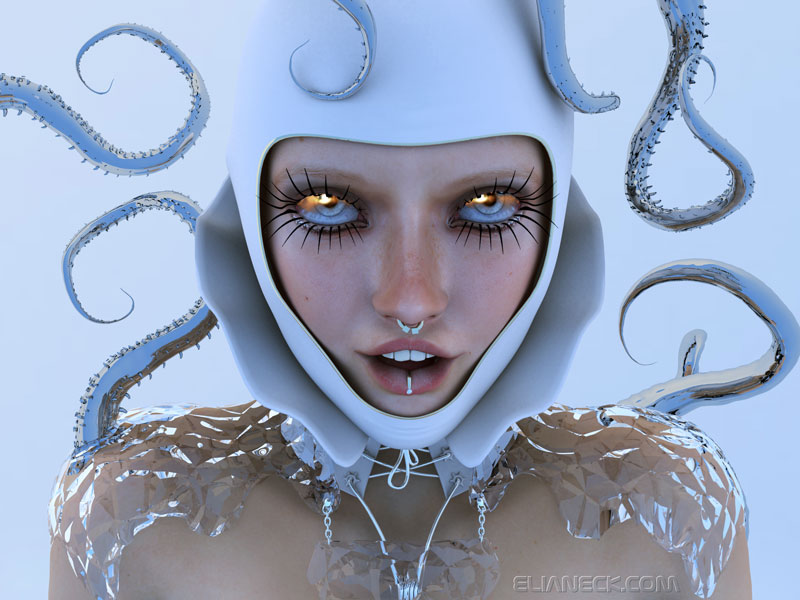
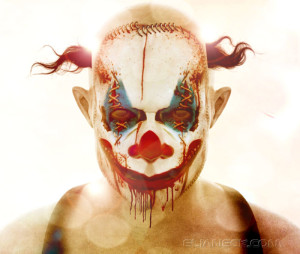
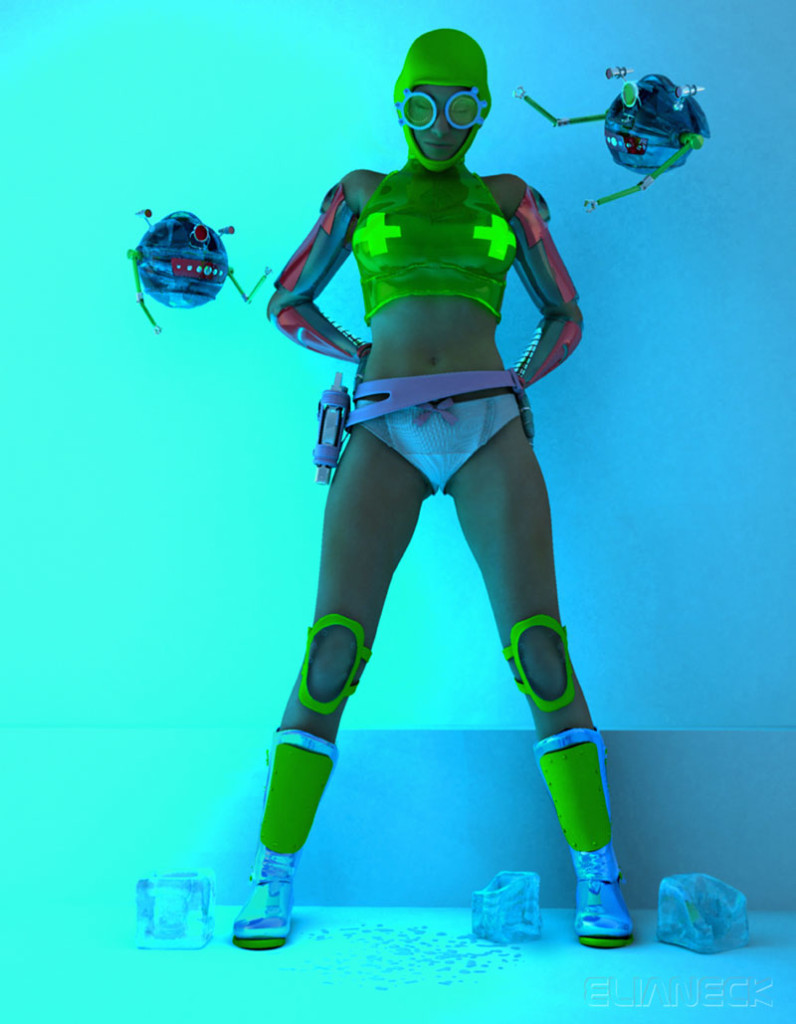
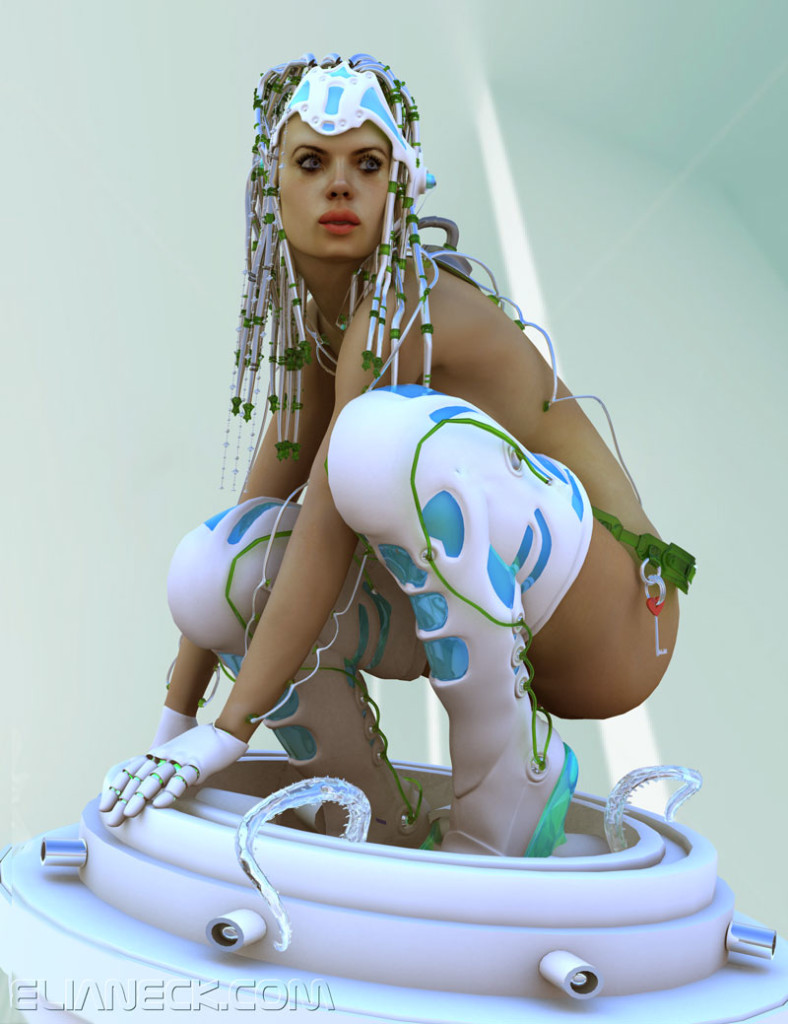
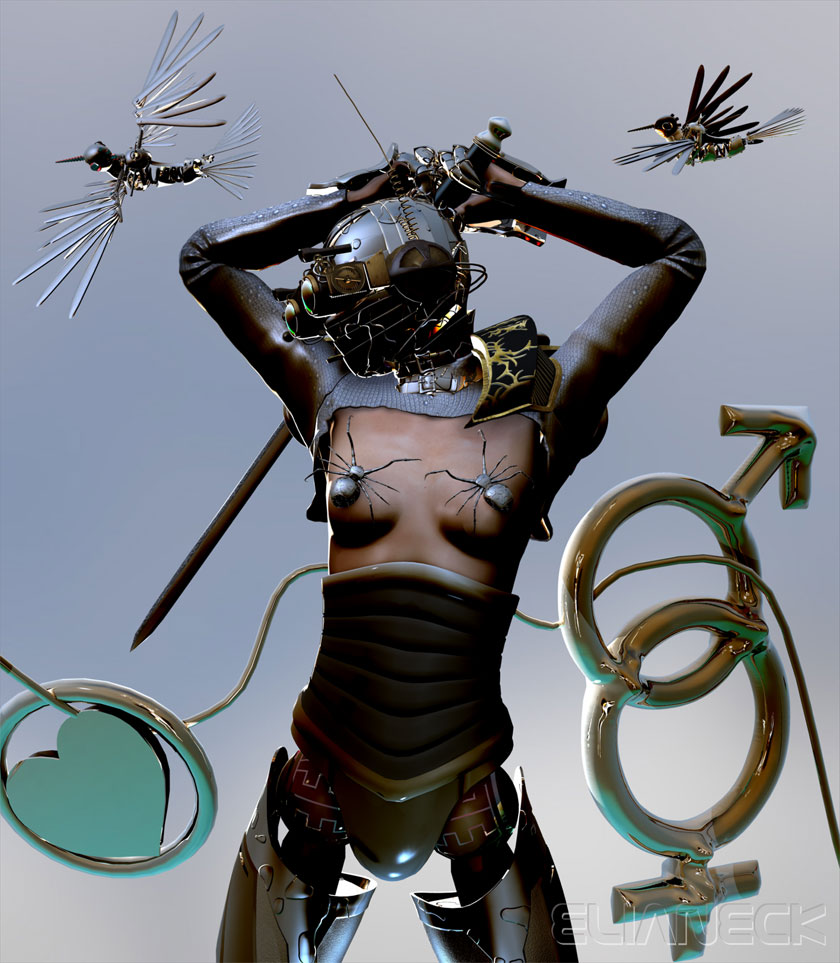

Very cool